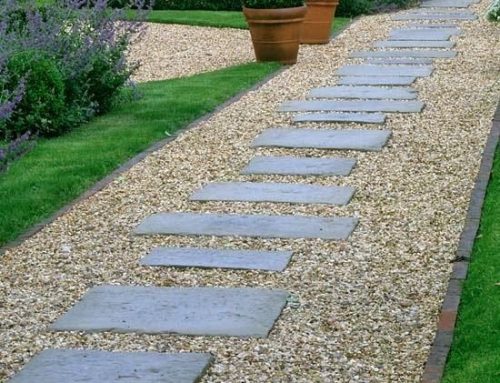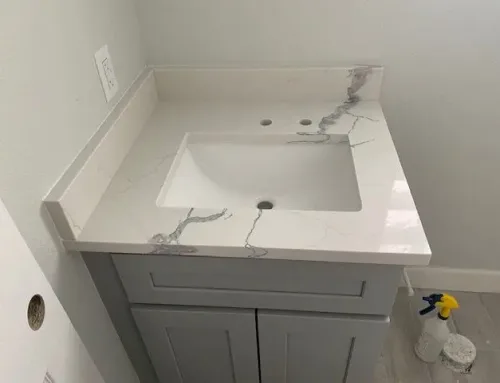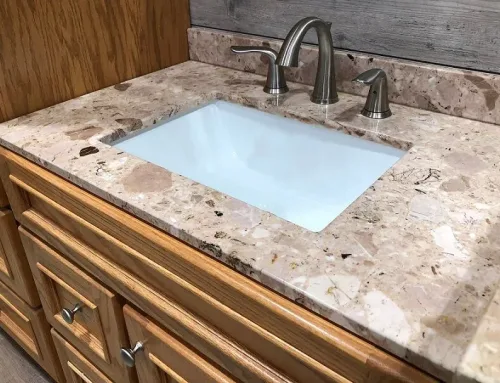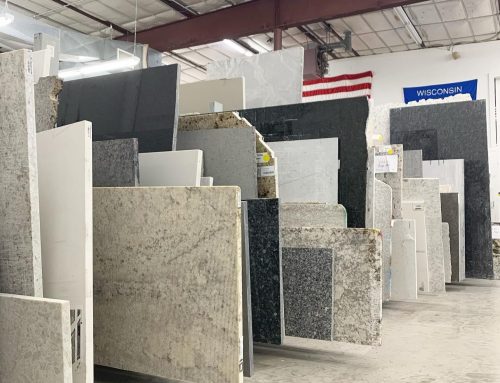What is the difference between quartz and quartzite fabrication? When it comes to choosing a stone surface for countertops, flooring, or wall cladding, quartz and quartzite are two popular options. While they may sound similar, they are distinct materials with different compositions, properties, and fabrication processes. If you’re wondering about the key differences in their fabrication, this guide will walk you through everything you need to know.
Quartz vs. Quartzite: Understanding the Materials
Before diving into fabrication differences, it’s essential to understand what these materials are:
-
Quartz: A man-made engineered stone composed of natural quartz crystals combined with resins, polymers, and pigments. This manufacturing process allows for a wide variety of colors, patterns, and textures.
-
Quartzite: A natural metamorphic rock formed when sandstone undergoes intense heat and pressure deep within the Earth. It is incredibly durable and often mimics the look of marble but with greater strength.
Now, let’s explore how their fabrication processes differ.
Quartz Fabrication Process
Quartz fabrication is relatively straightforward due to its engineered nature. Here’s how it works:
1. Cutting and Shaping
- Since quartz slabs are factory-made and have consistent density, they can be cut using standard fabrication tools such as CNC routers, bridge saws, and water jets.
- The material is non-porous and softer than natural stone, making it easier to shape and work with compared to quartzite.
2. Edge Profiling
- Fabricators can easily create various edge profiles, including beveled, bullnose, and ogee edges, without significant risk of chipping or breakage.
3. Surface Finishing
- Quartz surfaces come pre-finished from the manufacturer with a polished, honed, or matte surface.
- No sealing is required because quartz is inherently non-porous.
4. Installation
- Since quartz is engineered, the slabs are consistent in thickness and weight, making installation more predictable.
- Seam visibility is minimal, and the material allows for precise customization.
Quartzite Fabrication Process
Quartzite, being a natural stone, requires a more intricate and labor-intensive fabrication process.
1. Cutting and Shaping
- Quartzite is extremely hard, often ranking between 7 and 8 on the Mohs hardness scale.
- Cutting requires diamond-tipped blades, CNC water jets, and high-powered saws.
- Due to its hardness, quartzite can be prone to chipping during the cutting process, requiring careful handling.
2. Edge Profiling
- Creating intricate edge profiles is more challenging than with quartz because of quartzite’s hardness.
- Extra polishing and smoothing are necessary to achieve refined edges.
3. Surface Finishing
- Quartzite typically has a natural polish, but fabricators can apply different finishes, such as honed, leathered, or brushed.
- Unlike quartz, quartzite is porous, requiring sealing to prevent stains and moisture absorption.
4. Installation
- Due to its weight and density, quartzite is heavier than quartz, making transportation and installation more demanding.
- Seams may be more visible in quartzite installations, requiring professional sealing and blending techniques.
Key Differences in Fabrication
| Feature | Quartz Fabrication | Quartzite Fabrication |
|---|---|---|
| Material Type | Engineered Stone | Natural Stone |
| Cutting | Easy with standard tools | Requires diamond blades and CNC water jets |
| Edge Profiling | Easy to shape with minimal chipping | More challenging due to hardness |
| Surface Finishing | Comes pre-finished | Requires polishing and sealing |
| Sealing Needed? | No | Yes, to prevent stains and moisture absorption |
| Installation | Lightweight and uniform | Heavy and labor-intensive |
Which One Should You Choose?
If you’re looking for durability, low maintenance, and design flexibility, quartz is a great option. On the other hand, if you prefer natural stone with a unique, high-end look and are willing to invest in maintenance, quartzite is a stunning choice.
Both materials are excellent for countertops, flooring, and other applications, but understanding the fabrication differences can help you make an informed decision based on your budget, aesthetic, and durability needs.
Final Thoughts
So what is the difference between quartz and quartzite fabrication? Quartz and quartzite may look similar at first glance, but their fabrication processes vary significantly due to their different compositions. While quartz is easier to cut, shape, and maintain, quartzite requires specialized tools and sealing but offers unmatched natural beauty and durability.
Need professional fabrication for your next project? Be sure to work with a trusted fabricator who understands the nuances of working with these materials.
Would you choose quartz or quartzite for your next project? Let us know in the comments below!





